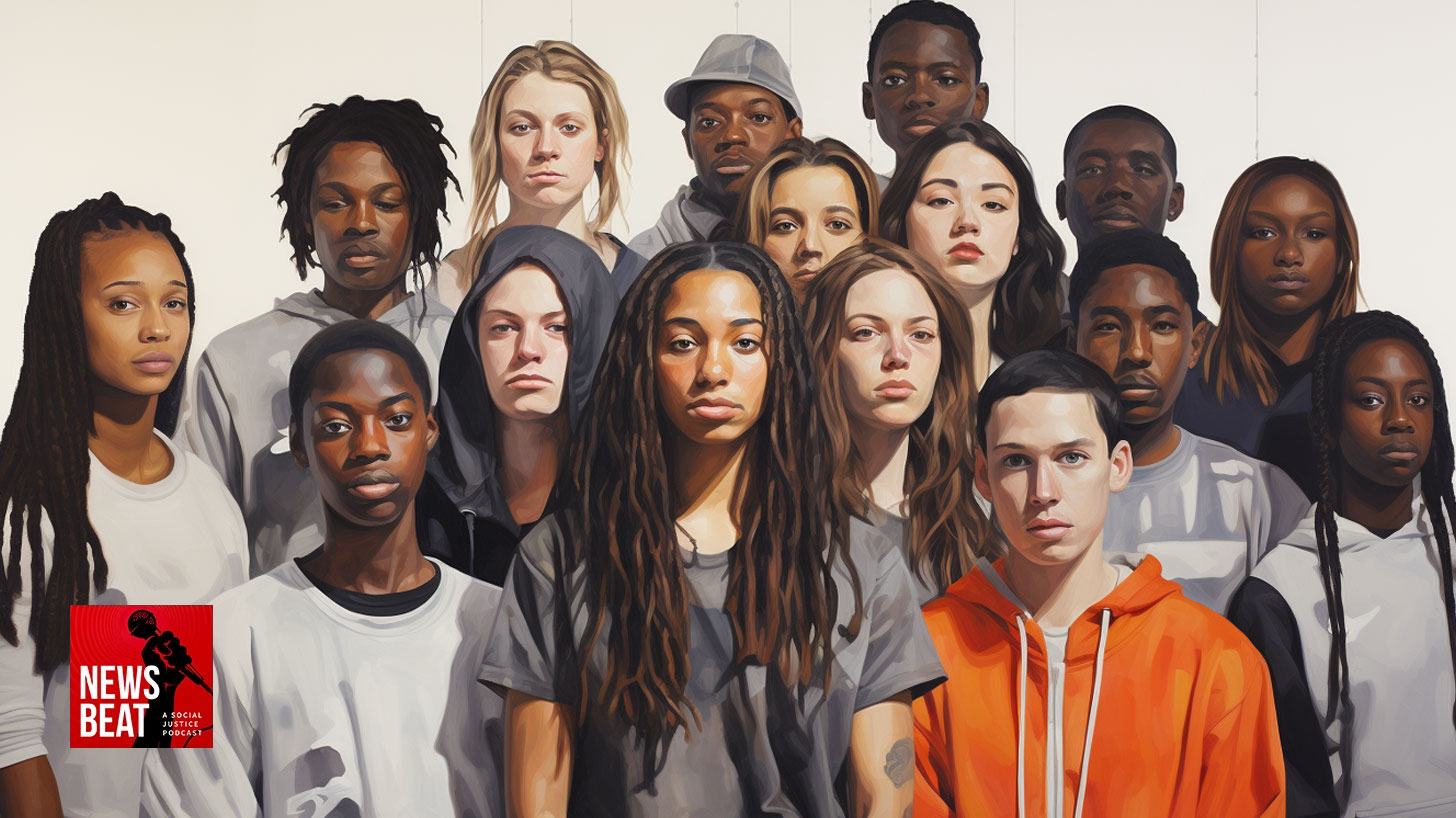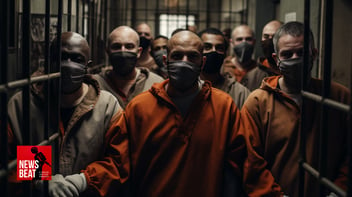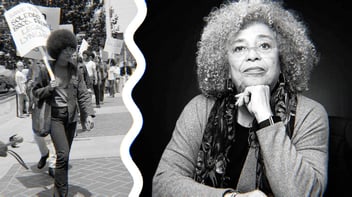Youth Incarceration Is Down but Racial Disparities Persist
 Image Description: A diverse group of kids and teens stand together.
Image Description: A diverse group of kids and teens stand together.
Reformers for years have railed against America’s racist criminal justice system, which has been characterized by unfair and unjust policing at the local level, flagrantly discriminatory policies (the never-ending drug war, for one), and appalling incarceration rates of marginalized communities.
Often overlooked is the country’s deeply problematic juvenile “justice” system, which for decades has been plagued by some of the same problems endemic to adult incarceration. (And you’d be surprised to learn that America has long been a global leader in imprisoning its young—but hey, democracy!)
As the problem of youth imprisonment becomes more stark, new data has emerged that reinforces the racist nature of child incarceration.
According to the analysis published in December by The Sentencing Project, a research and advocacy organization committed to reforms, incarceration was the more likely outcome for Black, Latino, and Tribal youth compared to their white counterparts.
Researchers tracked incarceration rates between 2011 and 2021—meaning children of color suffered from stubbornly high incarceration rates even as calls for criminal justice reform grew louder, and as the youth incarceration population dropped considerably.
In all, 22 states experienced an increase in racial disparities between Black and white youth, specifically.
In some of these states, the spike was shockingly dramatic, with increases of over 100 percent in Illinois, Connecticut, and New Jersey.
Here’s a look at some of the report’s most troubling findings:
- Black minors are nearly five times more likely to be detained in juvenile centers compared to white minors, a rate that mirrors that of a decade ago.
- Latino youth have a 16% higher likelihood of being incarcerated than their white counterparts, marking a significant improvement over the past ten years.
- Indigenous youth face nearly four times the likelihood of detention in juvenile facilities compared to white youth, a proportion that has remained consistent with that of ten years ago.
“These new data should serve as a reminder that despite the impressive progress in reducing youth incarceration, the legacy of the Superpredator Era has yet to be erased,” Josh Rovner, Director of Youth Justice at The Sentencing Project, said in a statement accompanying the analysis. “Our systems of justice are much harsher on youth of color.”
Harsh and ineffective.
The Sentencing Project has been among the leaders in raising awareness about the failures of locking up children.
Its 2022 report, “Why Youth Incarceration Fails,” noted that incarcerated youth suffer from high recidivism rates—including when they become adults—poor educational and employment outcomes and are often victims of childhood trauma, which “can impede children’s healthy brain development, harm their ability to self-regulate, and heighten the risks of delinquent behavior.”
Importantly, the 2022 report highlights one of the more commonly cited scientific findings related to the human brain, mainly that regions responsible for sound judgment and rational thinking are not fully matured until at least the age of 25, or even later.
While some break out of this horrific cycle, the youth “justice” system often leaves many kids worse off, completely undermining the argument that these institutions serve as beacons of rehabilitation.
‘New Form of Slavery’
Made up of a collection of poorly run and outdated facilities sprinkled across the country—often miles and miles away from the communities these kids call home—youth prisons suffer from many of the same policy failures as those housing adults.
In a podcast episode we produced a few years ago on youth prisons, multiple sources referred to these facilities as “outdated” and “obsolete.”
“A lot of these youth prisons really are mirror images of adult prisons. And this is particularly true of facilities that were renovated in the ‘80s and the ‘90s during this idea of the ‘superpredator,’” Mishi Faruqee, national field director at Youth First, which advocates for juvenile detention reform, told us. “A lot of these prisons have become microcosms of adult prisons.
“They have all of the features that you see in adult prisons: the hardware, the barbed wire fences, the steel doors, all the correctional practices you see in adult prisons…young people will often come into these facilities in leg irons and shackles, they’ll be strip-searched, they’ll have to wear jumpsuits.”
Sexual abuse is also pervasive. A U.S. government study itself found that one in 10 kids at state-owned or -operated facilities reported at least one instance of “sexual victimization.”
The latest report on racial disparities comes as the youth prison population continues a precipitous decline, from 107,500 in 1999 to 25,014 in 2020.
Even so, youth of color remain locked up at disproportionate rates.
The Sentencing Project’s latest report found that racial disparities remained largely unchanged for Black and Tribal youth during the period it analyzed—meaning they remained multiple times more likely to be locked up compared to white youth.
To put the disparity in perspective, Black Americans make up only 15% of all youth in the U.S. but represent 42% of incarcerated youth.
“All across the nation you see that people of color drastically make up the largest proportion of those that are incarcerated in our prisons,”James Williams, then a juvenile justice field organizer with the New Jersey Institute for Social Justice (NJISJ), told News Beat at the time of our episode’s release.
“Mass incarceration is that new form of slavery. This is exactly, unfortunately, what our nation wanted it to be.”
News Beat is an educational and political news podcast focused on social justice and civil liberties issues, melding the worlds of journalism and music. Leave the corporate media behind. Follow News Beat on your favorite podcast app and subscribe to its Substack for more in-depth coverage of critical issues.
Rashed Mian is the managing editor of the award-winning News Beat podcast and co-founder of the newly launched Free The Press (FTP) Substack newsletter. Throughout his career, he has reported on a wide range of issues, with a particular focus on civil liberties, systemic injustice and U.S. hegemony. You can find Rashed on X @rashedmian and on Bluesky @rashedmian.bsky.social.


